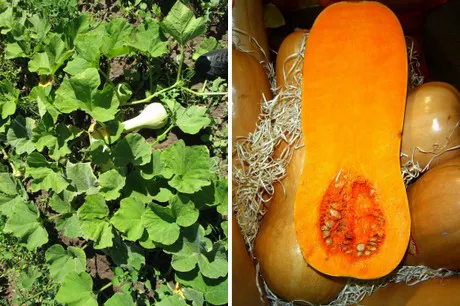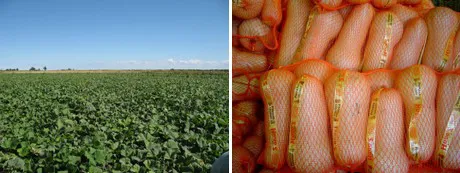During the year 2017, the supply of squash in the Central Market of Buenos Aires registered a drop of 4.8% compared to the previous season, totaling 55,632.5 tons; some 2,825 tons less than in 2016.
In spite of these data, the crop's prospects remain positive due mainly to two factors: on the one hand, there is a demand for products with culinary quality and healthy properties; on the other, the economic-productive context has a direct impact on the supply and the demand for this product.

The average annual supply of squash in Buenos Aires in the last 18 years has been 54,589 tons. It should be noted that in the last 5 years, this species has become the fourth most important in terms of income and its relative share is 6.7% of the total vegetable supply.
By production areas, the largest supply comes from the province of Mendoza, which accounts for 47.6% of the total volume, followed by the province of Buenos Aires, with 17%, and the province of Santiago del Estero, with 9.9%.
The commercial varieties with the largest volumes are those known as Anquito and Coquena, which together account for almost 67% of the total. The month with the highest volume was July, with 5,505 tons, after which the supply started to fall. In turn, the average price per kilo recorded an upward trend up to the month of December.
The months with the lowest consumption of squash are December and January, since that is the time when the supply is lower and consumers prefer fresh foods. Between the months of February and April, higher volumes of domestic production enter the market, both late crops from the north of the country and some volumes from the areas of Cuyo, the south and downtown areas of Buenos Aires and the lower Rio Negro Valley.

